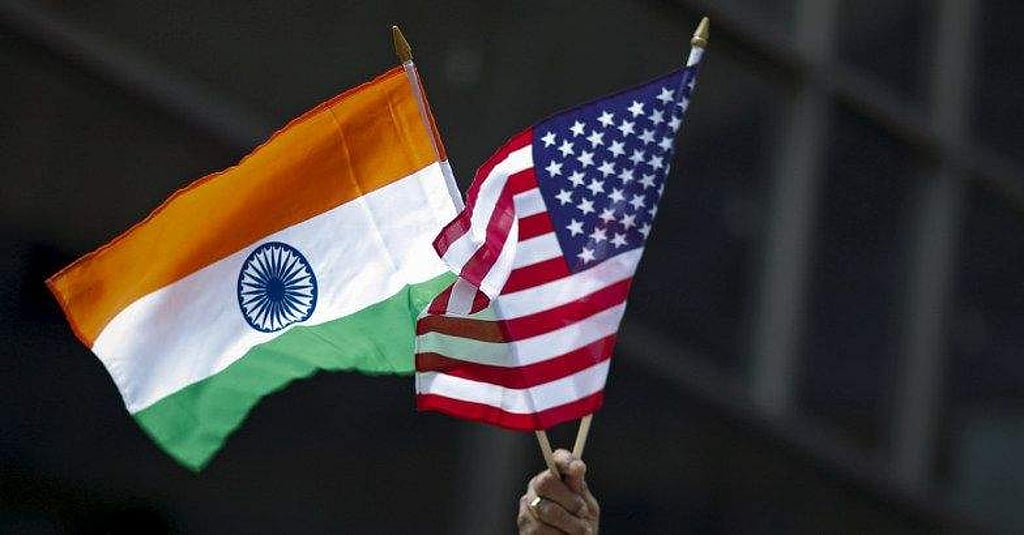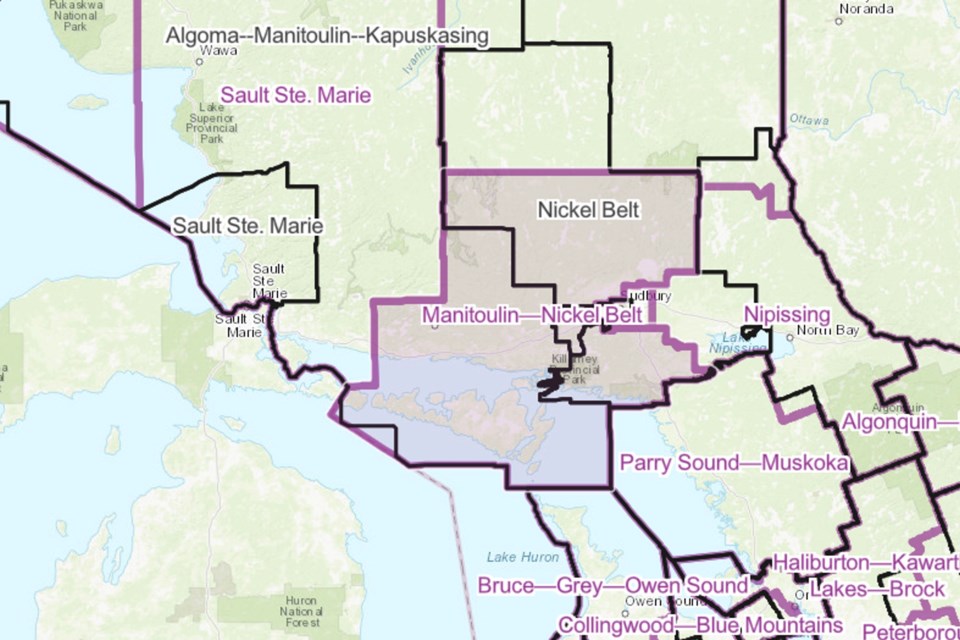India-US Trade Negotiations: A Focus On Key Areas For Agreement

Table of Contents
Agricultural Trade and Market Access
Agricultural trade forms a significant component of India-US trade relations, yet it remains fraught with complexities. The sheer volume and diversity of agricultural products exchanged—from Indian basmati rice to US dairy products and poultry—present both opportunities and obstacles. Significant trade barriers, including tariffs and stringent sanitary and phytosanitary (SPS) measures, impede the free flow of goods.
- India's Concerns: India voices concerns about substantial agricultural subsidies provided by the US government, arguing these subsidies distort global markets and harm Indian farmers.
- US Concerns: The US expresses concerns about limited market access for its agricultural products in India, citing high tariffs and regulatory hurdles.
- Potential Solutions: Phased tariff reductions, the implementation of tariff-rate quotas (TRQs), and enhanced cooperation on agricultural technology and research could pave the way for a more balanced and mutually beneficial agricultural trade relationship. Investing in collaborative research on crop improvement and sustainable farming practices offers a win-win scenario.
Digital Trade and Data Flows
The digital economy is a rapidly expanding domain, and India-US trade negotiations must address the intricacies of digital trade and data flows. This is crucial for both nations' economic growth and competitiveness in the global market. Data localization policies, cross-border data flows, and e-commerce regulations represent significant points of contention.
- India's Stance: India advocates for data localization policies, aiming to enhance data security and privacy within its borders.
- US Stance: The US emphasizes the free flow of data across borders, arguing that restrictions hinder innovation and economic growth.
- Finding Common Ground: A mutually acceptable framework on data governance is essential. This framework should balance the need for robust data protection with the facilitation of legitimate cross-border data flows. Collaboration on cybersecurity and the development of digital infrastructure can also strengthen this crucial aspect of the bilateral trade relationship.
Intellectual Property Rights (IPR)
Differences in the approach to Intellectual Property Rights (IPR) protection and enforcement pose a significant challenge in India-US trade negotiations. Strong IPR protection is vital for fostering innovation and attracting foreign investment. However, differing perspectives on issues like pharmaceutical patent protection create a point of friction.
- US Concerns: The US is concerned about what it perceives as inadequate pharmaceutical patent protection in India, impacting the profitability of pharmaceutical companies.
- India's Concerns: India prioritizes access to affordable medicines, arguing that strong patent protection can limit access to essential drugs for its population.
- Potential Compromises: Mechanisms such as compulsory licensing, used judiciously, could offer a path towards balancing innovation incentives with access to affordable medicines. Strengthening enforcement against IPR infringement through collaborative initiatives could also enhance the overall IPR landscape.
Investment and Services
Foreign Direct Investment (FDI) flows between India and the US are substantial and represent a significant engine for economic growth. However, regulatory hurdles and market access restrictions can impede the full potential of investment flows in both directions.
- US Investment in India: US investment in India's IT and services sectors is substantial, but further improvements in regulatory frameworks could attract even greater investment.
- Indian Investment in the US: Indian companies are increasingly investing in US infrastructure and technology companies, but simplifying investment procedures and improving transparency can foster further growth.
- Enhancing Investment Flows: Streamlining investment procedures, enhancing transparency, and promoting a predictable regulatory environment are key to maximizing the potential benefits of bilateral investment. Collaboration to promote sustainable and inclusive investments can further strengthen the economic ties.
Conclusion: Strengthening India-US Trade Relations Through Successful Negotiations
Successful India-US trade negotiations are crucial for both countries’ economic growth and global stability. While areas of disagreement exist, particularly concerning agricultural subsidies, data localization, IPR protection, and investment regulations, there is also substantial potential for mutually beneficial agreements. Phased tariff reductions, a balanced approach to data governance, finding common ground on IPR enforcement, and streamlining investment procedures can unlock substantial economic gains for both nations. Stay informed on the progress of India-US trade negotiations to understand how these agreements will shape the future of bilateral trade and contribute to a stronger global economic order.

Featured Posts
-
 What Makes An Investment A Real Safe Bet A Practical Analysis
May 09, 2025
What Makes An Investment A Real Safe Bet A Practical Analysis
May 09, 2025 -
 India Us Trade Negotiations A Focus On Key Areas For Agreement
May 09, 2025
India Us Trade Negotiations A Focus On Key Areas For Agreement
May 09, 2025 -
 Understanding The Impact Of Federal Riding Boundary Changes In Edmonton
May 09, 2025
Understanding The Impact Of Federal Riding Boundary Changes In Edmonton
May 09, 2025 -
 Addressing Accessibility Gaps The Elizabeth Line And Wheelchair Users
May 09, 2025
Addressing Accessibility Gaps The Elizabeth Line And Wheelchair Users
May 09, 2025 -
 Leon Draisaitl Reaches 100 Points Oilers Defeat Islanders In Overtime
May 09, 2025
Leon Draisaitl Reaches 100 Points Oilers Defeat Islanders In Overtime
May 09, 2025
